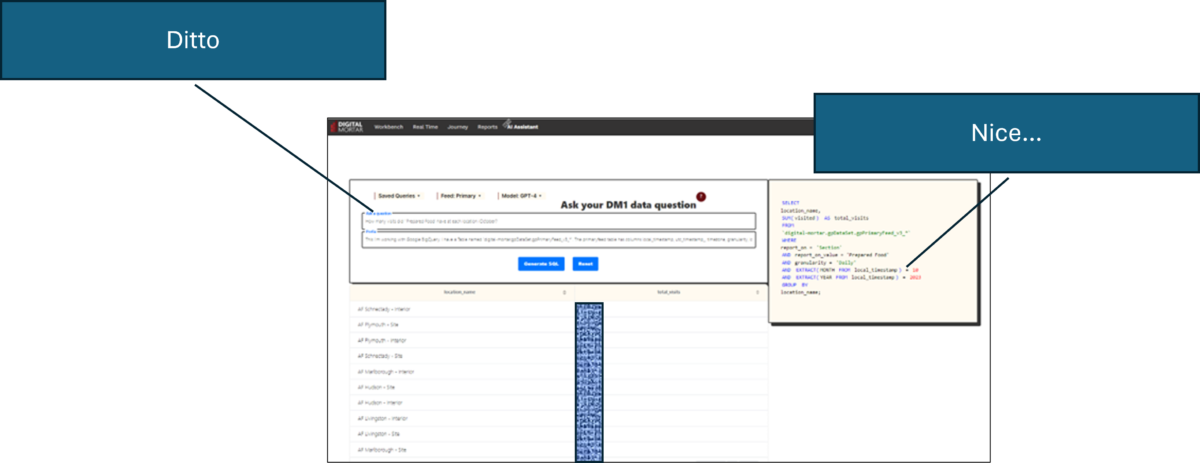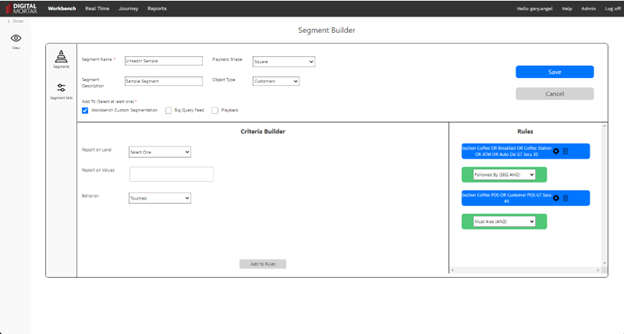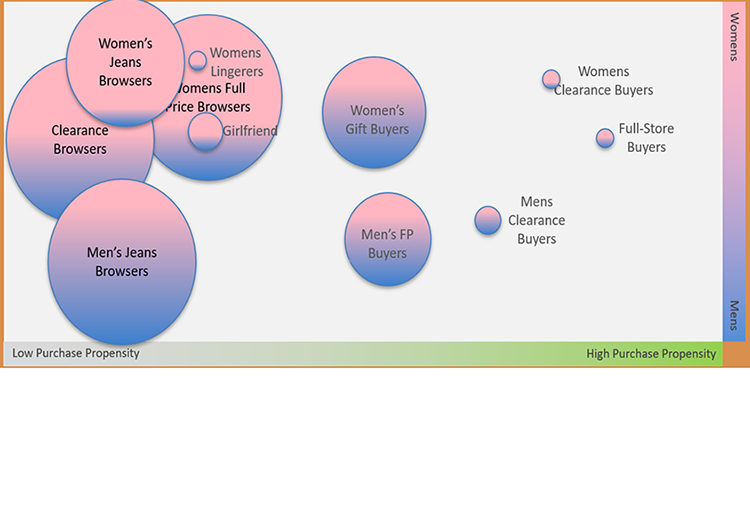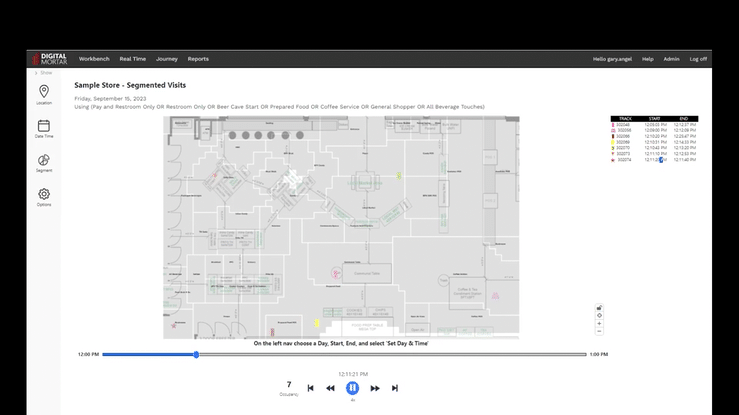Using ChatGPT as THE Interface to a BI System
We started our ChatGPT/LLM integration process with a SQL generator and then followed that up with an insights generator based on specific reports a user pulled in the UI of our platform. Getting the...

We started our ChatGPT/LLM integration process with a SQL generator and then followed that up with an insights generator based on specific reports a user pulled in the UI of our platform. Getting the...

An Introduction to Lidar Data Cleaning In the last couple of years lidar has become a foundational technology in people measurement. Along with camera and electronics, it’s one of the thre...

While SQL generation was a good place to with our ChatGPT integration efforts, it was inherently limited as a use-case. Most people who need data have enough familiarity with SQL to get it (and most ...

Like everyone managing a BI product, we spent a good chunk of last year working to integrate AI (and specifically ChatGPT) into our product. We worked on three levels: a SQL Generator to give people ...

Like every other technical product-person in the world, when ChatGPT emerged, I was cranking through ideas for how it impacted our product and how it could be used. ChatGPT was revelatory bo...

The design of a segmentation scheme relies on the art of a practitioner. That art can be replaced by data-driven techniques (like clustering), but even with clustering the number, naming and descript...

My last post described the concept of a Segment Set – a group of segments that classify all of the visits to a location. These segmentation sets are perfect for broad usage in enterprise reporting....

Visit-based segmentations bring clarity to KPIs and reporting and help stakeholders think more deeply about the business (which is, after all, the point of analytics). As I mentioned in my last...

My last post showed why traditional KPI-based reporting – in both digital analytics and people-measurement – sucks. The problem isn’t inherent in the idea of KPIs. Finding a small set of impo...